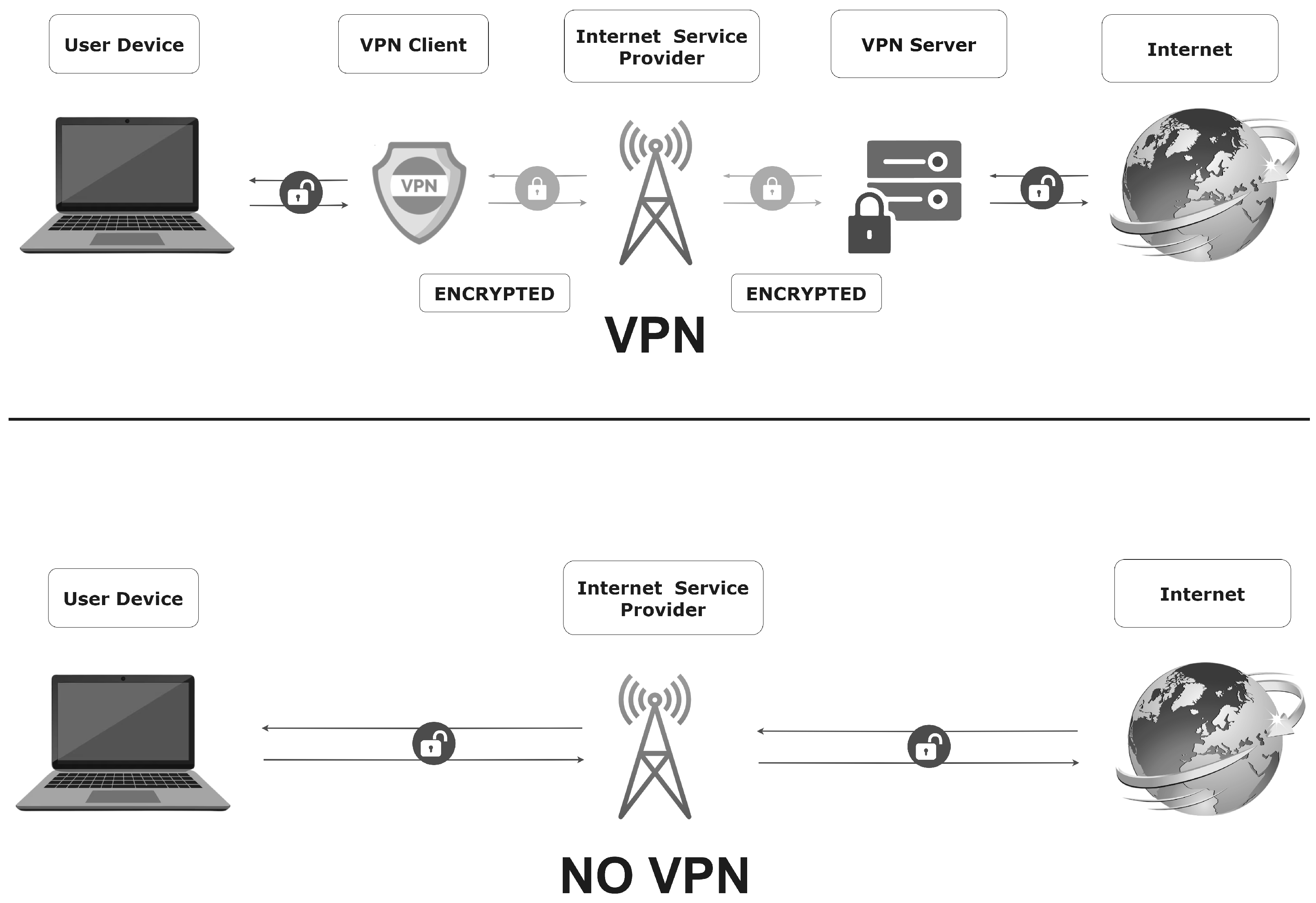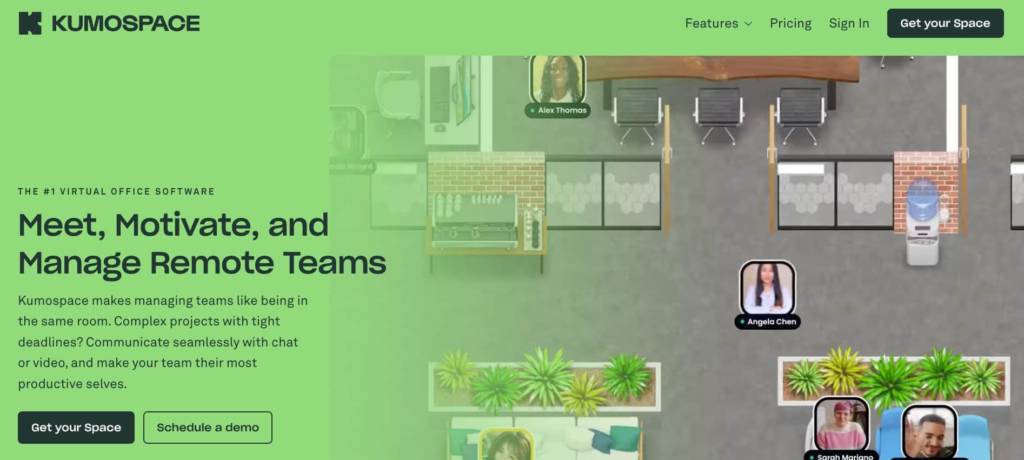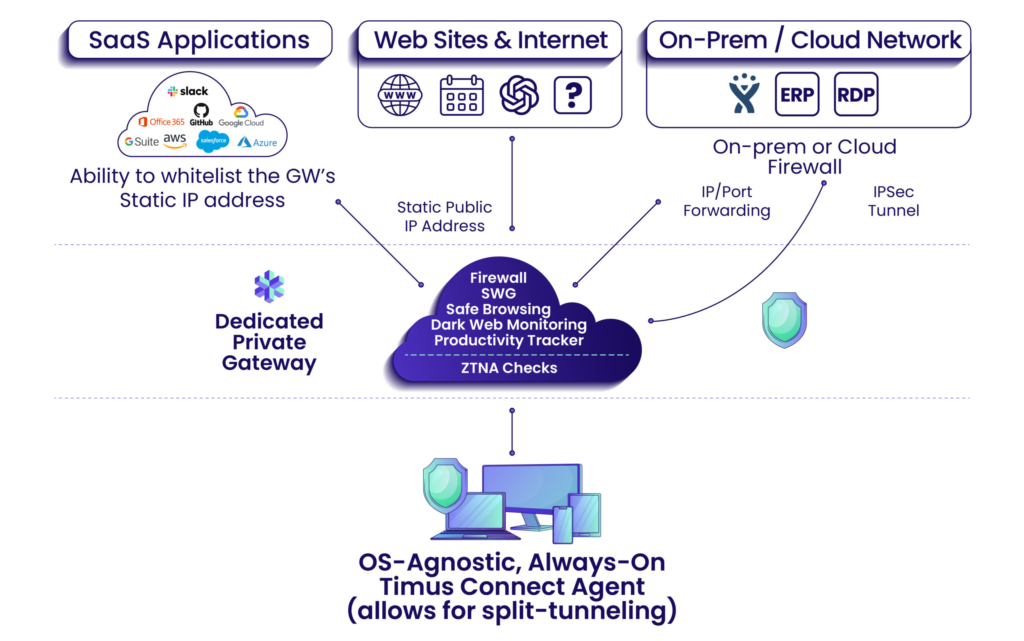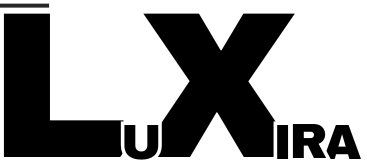Building a Remote-First Tech Stack

Introduction: The Remote Work Revolution
The nature of our work has been radically transformed. Remote work is no longer a temporary solution for global events — it’s here to stay. “Fully remote workforce roles” increased to 15% of job postings in Q4 2024, compared to only 10% in Q1 2023, according to recent numbers from Robert Half (42% and 24%, respectively) “Hybrid roles” remain steady around 20% of all job postings from the same survey source$rspace$ UFUNCTION”Oddly enough, this has led to potentially higher expectations for those who can take advantage of working from home, as I see a lot of companies now offering more perks and benefits for those who work from home$qwhitespace$ If that’s you, make sure you get yours!.
Remote-first is not only about the location flexibility, it’s also a reshaping of how teams get work done, and how work happens. This guide will discuss how to construct a fully remote-first tech stack – founded on real world experience and data – and keep your company successful in this future work.
What is a Remote-First Tech Stack?
Remote-first tech stack, a bundle of utility (digital products, platforms, and infrastruture) that supports a team of people where ever they happen to be in the world (physical location) to help them do work. A remote-first stack is very different from a remote-friendly one, which bends an office-first workflow around occasional remote work..
As per the data generated by Backlinko’s 2025 report, are 28.7% employees already remotely working or working in a hybrid mode—far more than the pre-covid numbers. Among those with jobs that can be done remotely, 27% are working full remote and 53% have a hybrid schedule Backlinko.

Core Components of a Remote-First Tech Stack
1. Communication Platforms
Effective communication is the foundation of successful remote teams. Your stack should include:
Synchronous Communication Tools:
- Video conferencing platforms: Zoom, Google Meet, Microsoft Teams
- Instant messaging: Slack, Microsoft Teams
Asynchronous Communication Tools:
- Video messaging: Loom, Vidyard
- Documentation: Notion, Confluence
According to Remote.com’s 2024 research, fully remote employees experience higher levels of exhaustion (85.65%) than in-office or hybrid employees when they lack proper communication tools, highlighting the critical importance of this tech stack component Remote.com.
2. Project Management & Collaboration

Remote teams need clear visibility into tasks, deadlines, and dependencies:
Project Management Platforms:
- Kanban boards: Trello, Asana
- Comprehensive project management: Monday.com, ClickUp
- Software development focus: Jira, Linear
Document Collaboration:
- Office suite: Google Workspace, Microsoft 365
- Real-time collaboration: Figma (design), Miro (visual collaboration)
Recent data from Float reveals that 77% of people who work remotely at least a few times per month show increased productivity, with 30% doing more work in less time. Effective collaboration tools directly contribute to this productivity boost TravelPerk.

3. Security Infrastructure
With a dispersed workforce that works from different networks to access company resources, security gets a whole lot trickier. Your remote-first security plan should embody the following best practices:
Zero Trust Architecture:
Unlike conventional VPN systems that provide full access to the network once a user is authenticated, Zero Trust systems validate each and every access request as if it comes from an untrusted network, regardless of the source.
Key Security Components:
- Identity and access management (IAM): Okta, OneLogin
- Multi-factor authentication (MFA): Duo Security, Microsoft Authenticator
- Zero Trust Network Access (ZTNA): Zscaler, Cloudflare Access
- Endpoint protection: CrowdStrike, SentinelOne

According to ZeroFox’s 2024 security analysis, the shift to remote-first work has expanded the attack surface dramatically, making traditional perimeter-based security insufficient. Organizations must evolve previously established security protocols to operate securely in remote-first environments ZeroFox.
4. Cloud Infrastructure & Storage
Remote teams rely heavily on cloud resources that are accessible from anywhere:
Cloud Storage:
- Enterprise solutions: Google Drive, Microsoft OneDrive, Dropbox Business
- Version control for code: GitHub, GitLab
Cloud Infrastructure:
- Infrastructure-as-a-Service (IaaS): AWS, Google Cloud Platform, Microsoft Azure
- Platform-as-a-Service (PaaS): Heroku, Vercel, Netlify
Cloud adoption has accelerated dramatically in tandem with remote work growth. According to GWI’s 2025 report, improved work-life balance and time savings remain the top selling points for remote working, both of which are enabled by robust cloud infrastructure GWI.
Building Your Remote-First Tech Stack: A Strategic Approach

Creating an effective remote-first tech stack requires careful planning and consideration of your organization’s specific needs. Here’s a framework to guide your approach:
1. Assess Your Team’s Needs
Before investing in tools, understand your team’s workflow, preferences, and pain points:
- What communication patterns are most common in your organization?
- How complex are your projects and workflows?
- What security requirements exist based on your industry and data sensitivity?
- What existing tools are your team members already comfortable using?
2. Prioritize Cross-Platform Compatibility
Remote teams often use a variety of devices and operating systems. Ensure your tech stack works seamlessly across:
- Windows, macOS, and Linux systems
- iOS and Android mobile devices
- Different web browsers
According to data from StrongDM’s 2025 research, there are now three times more remote jobs compared to 2020, creating an increasingly diverse technology ecosystem that requires cross-platform solutions StrongDM.
3. Focus on User Experience

Tool adoption is critical for remote teams. Select tools that are:
- Intuitive and easy to learn
- Well-documented with robust support resources
- Regularly updated with new features and security patches
4. Build for Asynchronous First
While synchronous communication remains important, asynchronous work enables global teams to collaborate across time zones:
- Implement clear documentation practices
- Create processes that don’t require immediate responses
- Build in transparency so team members can catch up on what happened while they were offline
5. Integrate Key Systems
Tool fragmentation can lead to lost information and reduced productivity. Look for:
- Native integrations between key systems
- Automation platforms like Zapier or Make to connect disparate tools
- Single sign-on (SSO) capabilities to reduce friction

Real-World Remote-First Tech Stack Example
Here’s an example of a comprehensive remote-first tech stack based on real-world implementations:
Communication Layer:
- Primary messaging: Slack with organized channels for teams and projects
- Video meetings: Zoom with company-wide account
- Asynchronous video: Loom for screen recording and updates
Collaboration Layer:

- Project management: ClickUp for task management and project tracking
- Documents: Google Workspace for real-time collaboration
- Knowledge management: Notion for company wiki and documentation
Security Layer:
- Access management: Okta for identity management and SSO
- Zero Trust: Cloudflare Access for secure application access
- Device management: Jamf for macOS fleet management
- Security awareness: KnowBe4 for phishing training and testing
Cloud Infrastructure:
- Core infrastructure: AWS for scalable computing resources
- Internal tools: GitHub for code repository and CI/CD pipelines
- Data storage: Google Cloud Storage for large file storage
Remote Culture Tools:
- Team building: Gather for virtual office spaces
- Recognition: Bonusly for peer recognition
- Wellbeing: Headspace for employee mental health support

Common Challenges and Solutions
Building a remote-first tech stack comes with challenges. Here are some common issues and their solutions:
1. Tool Overload
Challenge: Too many disconnected tools create confusion and inefficiency.
Solution: Conduct a tool audit and consolidate where possible. Prioritize platforms that serve multiple functions through integrations rather than single-purpose tools.
2. Security Concerns
Challenge: Distributed teams accessing company resources from various networks present security risks.
Solution: Implement a comprehensive Zero Trust security model that verifies every access request regardless of origin. According to Nightfall AI’s security playbook, effective security for remote-first organizations must address seven core security areas across people, process, and technology Nightfall AI.
3. Onboarding Complexity

Challenge: Getting new team members up to speed on multiple tools is time-consuming.
Solution: Create detailed documentation and recorded walkthroughs for each tool. Implement a gradual onboarding process that introduces tools as they become relevant to the employee’s workflow.
4. Communication Silos
Challenge: Information gets trapped in various platforms, causing duplication and misalignment.
Solution: Establish clear guidelines on which tools to use for specific purposes and how information should flow between systems. Consider implementing an internal search solution that indexes content across platforms.
The Future of Remote Work Technology

As we look toward the future, several technology trends are poised to transform remote work even further:
1. AI-Enhanced Collaboration
Artificial intelligence is already being integrated into collaboration tools to:
- Automatically transcribe and summarize meetings
- Suggest action items from conversations
- Provide real-time language translation for global teams
- Automate routine workflows and tasks
2. Virtual and Augmented Reality Workspaces
While still emerging, VR and AR technologies are developing to create more immersive remote collaboration experiences:
- Virtual office spaces that simulate physical presence
- Augmented reality annotations for shared visual work
- Enhanced remote training and onboarding experiences
According to Splashtop’s 2025 predictions, technologies like AI, automation, virtual and augmented reality, and advanced collaboration tools are driving the continued evolution of remote work Splashtop.
3. Edge Computing for Remote Teams
As remote teams become more distributed geographically, edge computing will help reduce latency and improve performance:
- Better video conference quality in low-bandwidth areas
- Faster access to cloud resources from anywhere
- Improved security through distributed authentication

Conclusion: Creating a Sustainable Remote-First Environment
Establishing a powerful remote-first tech stack isn’t a one-off project, but is instead a living process. The best remote organizations never stop re-evaluating the technologies they use; they hear the feedback of their team and adjust to new technologies that come along.
Recent figures from Oyster HR reveal that while the right tools and technology are provided, fully remote and hybrid workers are “enjoying significantly higher employee engagement” than their fully on-site counterparts Oyster HR.
By intentionally designing a remote-first tech stack that meets their requirements for communication, collaboration, security, and infrastructure, companies can build a work environment that doesn’t just survive the challenges of a remote workforce, but actually treats those challenges as a competitive edge.
Remote-first is the future of work: Is your tech stack ready?
What are some of the specifics of building a remote-first tech stack that you’re particularly curious to unpack? Do you want more information about any aspect or challenge?



